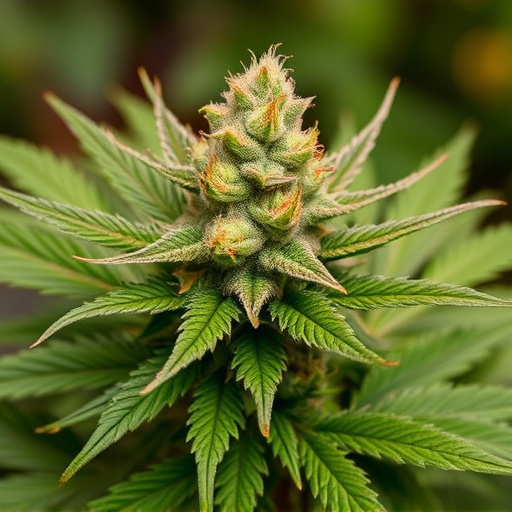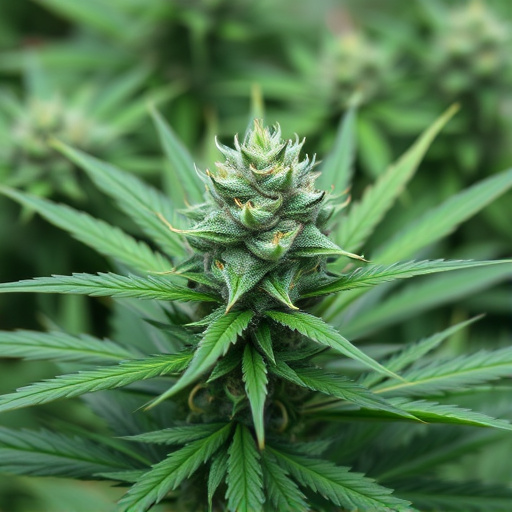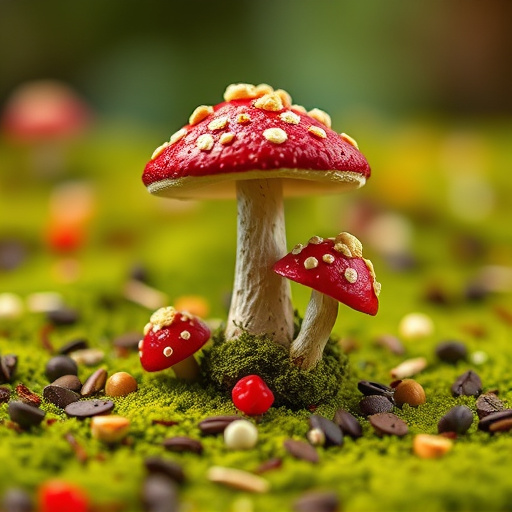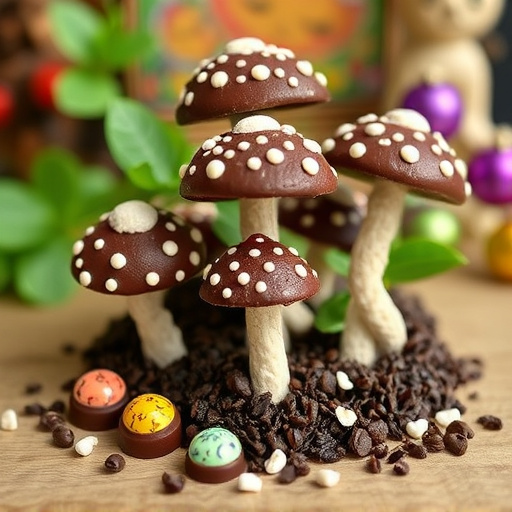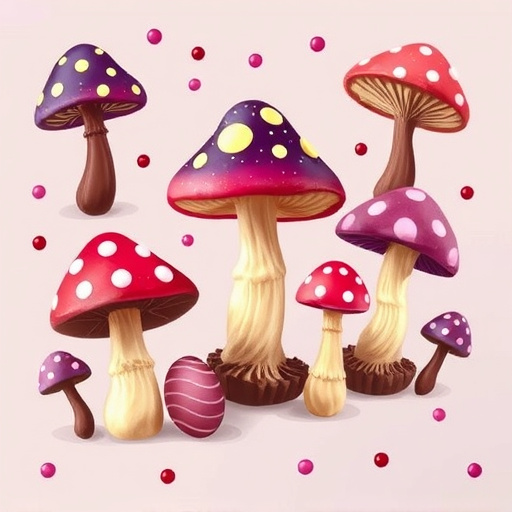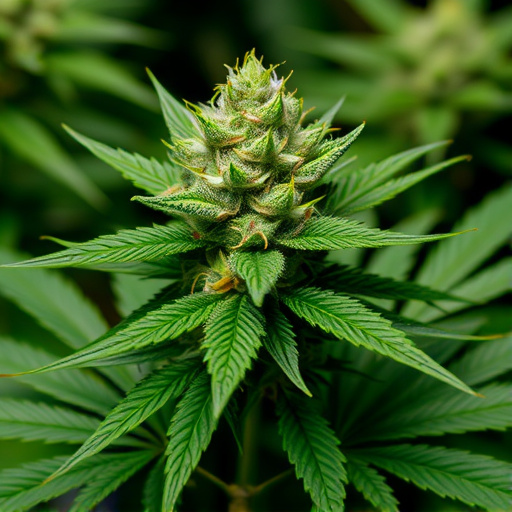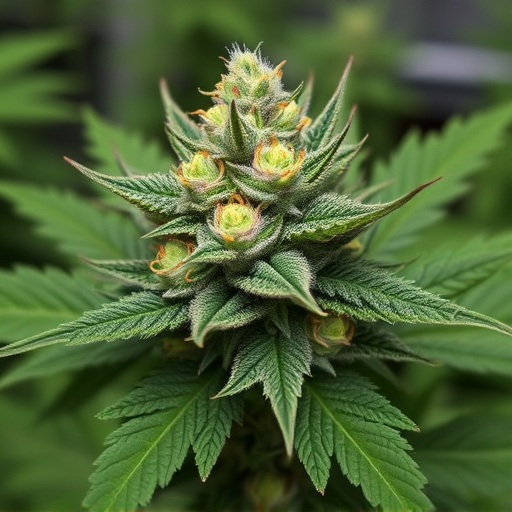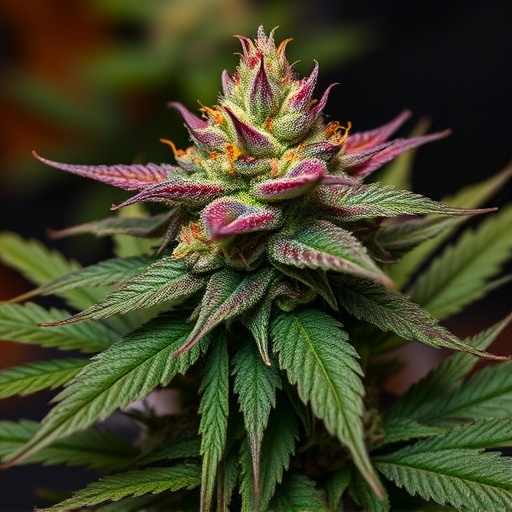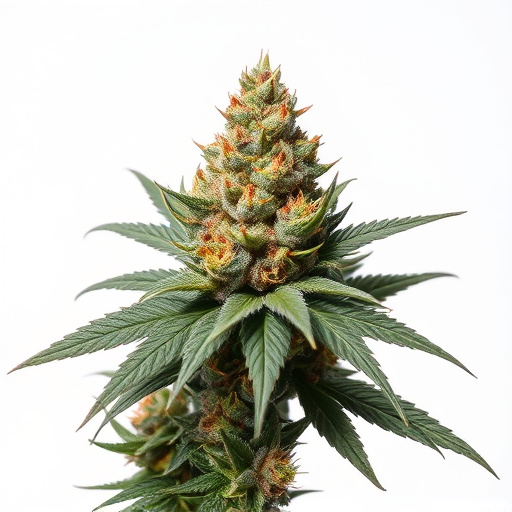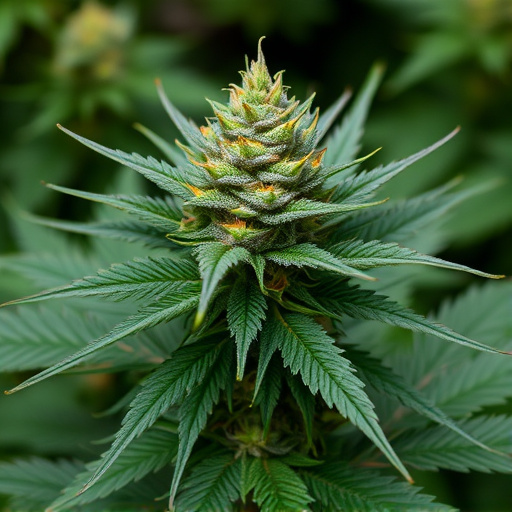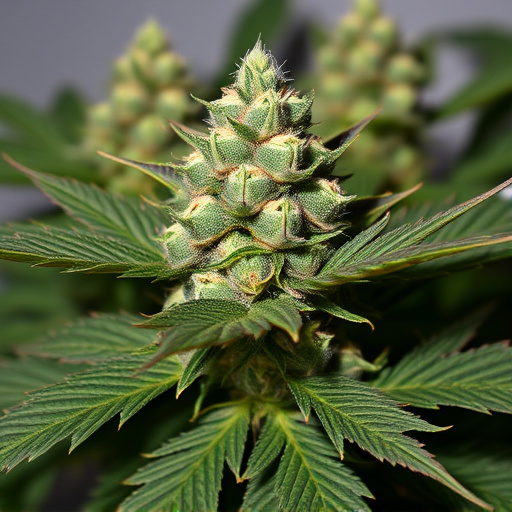Cannabis chemistry revolves around the synergistic interaction of cannabinoids (like THC and CBD), terpenes, and flavonoids, creating the "entourage effect" for therapeutic benefits. Full-spectrum cannabis retains all natural compounds, including significant amounts of THC and CBD, offering diverse effects and aroma from indica dominant hybrid strains. Isolated cannabis flower undergoes refinement to extract single cannabinoids, providing concentrated dosing for targeted effects. Indica hybrids, with higher CBD and THC levels, offer calming and sedative properties, shorter growth cycles, and dense buds rich in resins. Full-spectrum products enhance relaxation, sleep, and inflammation reduction through the entourage effect, while isolated cannabis focuses on specific cannabinoid uses like recreational or pain management without THC's mental stimulation.
Unravel the distinction between full-spectrum and isolated cannabis flower—two variants shaping today’s market. Understanding these differences is key, especially when considering the role of indica dominant hybrid strains in cannabis composition. These strains, known for their relaxing properties, contribute unique chemical profiles. This article guides you through the basics of cannabis chemistry, explores strain dynamics, and compares health benefits to aid consumers’ informed decisions.
- Understanding Cannabis Chemistry: The Basics of Full-Spectrum and Isolated Cannabinoids
- Indica Dominant Hybrid Strains: Their Role in Cannabis Composition
- Comparing Effects: Health Benefits and Considerations for Consumers
Understanding Cannabis Chemistry: The Basics of Full-Spectrum and Isolated Cannabinoids
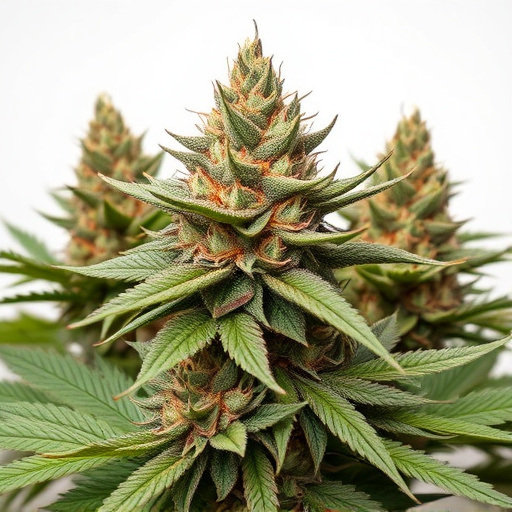
Cannabis chemistry is a fascinating realm that explores the complex interplay of various compounds within the plant, known as cannabinoids, terpenes, and flavonoids. These substances work together to create what is often described as the “entourage effect,” where the combination of chemicals produces unique therapeutic benefits. Understanding this intricate chemistry is key to differentiating between full-spectrum and isolated cannabis flower.
Full-spectrum cannabis refers to products that contain all the natural cannabinoids present in the plant, including significant amounts of THC (tetrahydrocannabinol) and CBD (cannabidiol), as well as other trace cannabinoids. This diverse range of compounds contributes to the characteristic effects and aroma of different indica dominant hybrid strains. On the other hand, isolated cannabis flower refers to products that have undergone refinement to extract or isolate a single cannabinoid, such as CBD or THC. This process results in a more concentrated form, allowing for precise dosing based on specific desired effects.
Indica Dominant Hybrid Strains: Their Role in Cannabis Composition
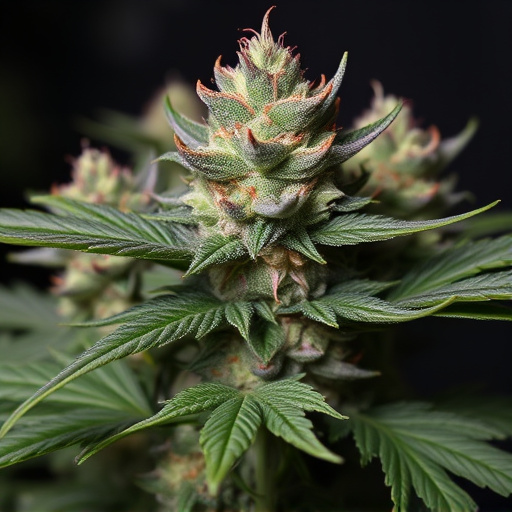
Indica dominant hybrid strains play a significant role in shaping the diverse world of cannabis composition. These varieties are known for their distinct characteristics, often associated with a more relaxing and sedative effect due to higher levels of Cannabidiol (CBD) and Tetrahydrocannabinol (THC). Indica plants typically have shorter growth cycles and produce dense, compact buds that are rich in resins, giving them a unique aroma and flavor profile.
The popularity of indica dominant hybrids stems from their ability to offer a balanced experience for both casual and medical users. Many people prefer these strains for their potential to induce calmness, reduce anxiety, and promote better sleep. In cannabis culture, indicas are celebrated for their calming effects, making them a go-to choice for evening or nighttime use, especially in regions with colder climates where their warming properties are appreciated.
Comparing Effects: Health Benefits and Considerations for Consumers
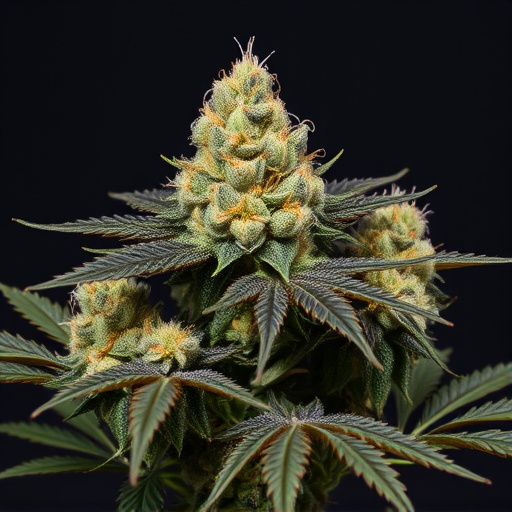
When comparing full-spectrum and isolated cannabis flower, one key aspect is the effects they produce. Full-spectrum products contain a wide range of cannabinoids, including THC, CBD, and other minor compounds found in the plant. This diverse profile can offer a more complex and varied experience, appealing to those seeking the entourage effect—wherein the combination of these compounds enhances the therapeutic benefits. On the other hand, isolated cannabis flower focuses on a single cannabinoid, typically THC or CBD. Isolated products provide a more targeted effect, making them popular for specific purposes like pain management (CBD) or recreational use (THC).
For health-conscious consumers, full-spectrum options may offer additional advantages due to the entourage effect and the potential synergistic interactions between cannabinoids. This can result in enhanced relaxation, improved sleep, and reduced inflammation. However, it’s essential to consider that full-spectrum products might also contain higher levels of THC, which could be a concern for individuals sensitive to its psychotropic effects. Indica dominant hybrid strains are often associated with full-spectrum cannabis, known for their calming and sedative properties. Conversely, isolated CBD products are preferred by those looking for anxiety relief or pain management without the mental stimulation typically associated with THC.
Full-spectrum and isolated cannabis flower differ significantly, particularly in their cannabinoid composition. Indica dominant hybrid strains play a crucial role in shaping this diversity, offering unique chemical profiles that impact consumer experiences and perceived health benefits. By understanding these distinctions, consumers can make informed choices aligned with their specific needs and preferences. Navigating the world of cannabis becomes easier when we appreciate the intricate tapestry woven by these varying compositions.
